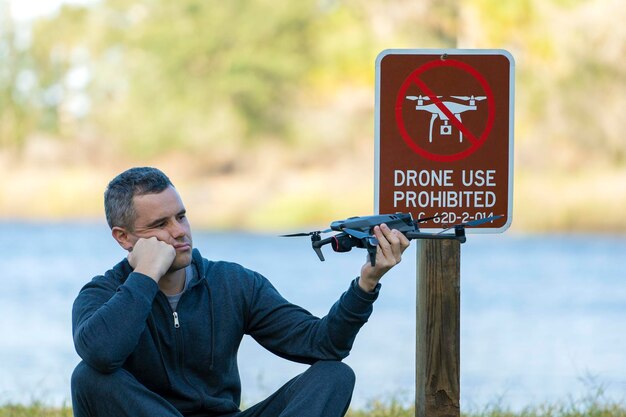Can You Shoot Down a Drone? A Comprehensive Guide
Can You Shoot Down a Drone?
A Comprehensive Guide
Introduction:
With the increasing popularity of drones, it’s not uncommon to wonder: can you shoot down a drone? This is a question with legal and ethical implications, as well as practical considerations. In this comprehensive guide, we’ll explore the various aspects of shooting down drones.
Legal Considerations:
The legality of shooting down a drone depends on various factors, including the location, the reason for shooting it down, and the ownership of the drone. In the United States, for instance, the Federal Aviation Administration (FAA) regulates drone use, and intentionally damaging or destroying another person’s drone without their consent can result in legal consequences.
Ethical Considerations:
Ethically, shooting down a drone without permission raises questions about privacy, property rights, and personal safety. Drones are often used for recreational purposes, as well as for professional applications such as photography, surveying, and inspections. Shooting down a drone can infringe on these rights and potentially put people at risk.
Practical Considerations:
From a practical standpoint, shooting down a drone can be challenging due to their size, weight, and maneuverability. Drones are designed to be lightweight and agile, making them difficult to hit with a projectile. Moreover, some drones are equipped with sensors that allow them to avoid obstacles and maintain stability in the air.
Alternatives to Shooting:
Instead of shooting down a drone, there are alternatives that can be used to address concerns related to privacy, property rights, and safety. For instance, individuals can contact local law enforcement or the FAA if they believe a drone is being used inappropriately or poses a risk. Additionally, technological solutions such as drone detection systems and counter-drone measures can be employed to prevent unauthorized drone activity.
Drones: Popularity, Controversy, and the Question of Self-Defense
Drones, once considered a futuristic and expensive technology, have rapidly gained popularity in recent years. Their usage spans across various sectors: from personal use for recreation and aerial photography, to commercial use for surveying land and filmmaking, and even military use for reconnaissance and surveillance.
However, this burgeoning technology has not come without controversy, particularly surrounding issues of privacy. With drones capable of capturing images and videos from the sky, concerns have arisen about invasion of privacy in both public and private spaces.
Legal Issues:
The use of drones is regulated by various national and international laws, but these regulations are not always clear-cut. For instance, in the United States, the Federal Aviation Administration (FAA) regulates the use of drones for commercial purposes, requiring registration and a pilot license for certain types. However, there is no federal law specifically addressing the shooting down of a drone on private property.
Can you shoot down a drone?
The question at hand is whether an individual has the right to defend their property by shooting down a drone. According to current US law, there is no definitive answer. Some argue that a drone flying over private property constitutes trespassing and therefore can be considered a threat, while others maintain that it is illegal to damage or destroy someone else’s property.
Consequences:
If an individual were to shoot down a drone, the consequences could be significant. They may face charges for property damage or destruction, as well as potential criminal charges for discharging a weapon within city limits or endangering the safety of others. Moreover, if the drone belonged to a commercial entity or the government, the individual could face additional legal and financial repercussions.

